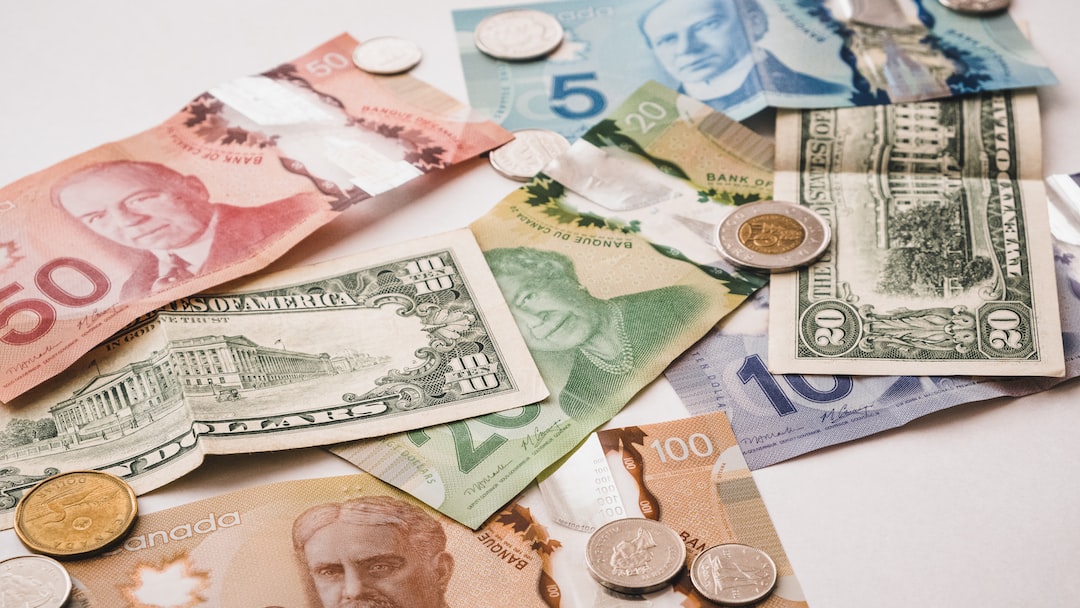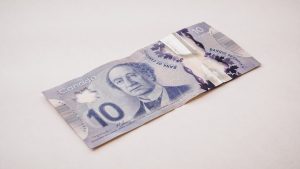When it comes to trading in the forex market, one of the most important aspects to consider is leverage. Leverage is essentially the ability to control a large amount of money with a relatively small amount of your own capital. While leverage can potentially amplify profits, it can also increase risk, so it’s important to understand what kind of leverage you should use when trading in the forex market.
First, it’s important to understand how leverage works. Let’s say you have $1,000 in your trading account and you want to trade the EUR/USD pair. With no leverage, you would only be able to trade $1,000 worth of the currency pair. However, if you use 10:1 leverage, you would be able to control a position worth $10,000. This means that if the currency pair moves in your favor by 1%, you would make a profit of $100 instead of just $10.
Now, let’s talk about the different types of leverage you can use when trading forex.
Low Leverage (1:1 to 10:1)
Low leverage means using a smaller amount of leverage, usually between 1:1 and 10:1. This is the most conservative way to trade forex and is generally recommended for beginners. With low leverage, your potential profits are lower, but so is your risk of losing money. This is because you’re not putting as much of your own capital at risk, and you have greater control over your trades.
Medium Leverage (10:1 to 50:1)
Medium leverage means using a slightly higher amount of leverage, usually between 10:1 and 50:1. This is a good option for traders who have a bit more experience and are comfortable taking on slightly more risk. With medium leverage, your potential profits are higher, but so is your risk of losing money. This is because you’re putting more of your own capital at risk, but you still have some control over your trades.
High Leverage (50:1 to 500:1)
High leverage means using a much higher amount of leverage, usually between 50:1 and 500:1. This is a very risky way to trade forex and is generally not recommended for beginners. With high leverage, your potential profits are much higher, but so is your risk of losing money. This is because you’re putting a lot of your own capital at risk, and you have less control over your trades.
So, what kind of leverage should you use when trading forex? The answer depends on your individual risk tolerance, experience level, and trading strategy. If you’re a beginner, it’s generally recommended to start with low leverage and gradually work your way up as you become more comfortable with the market. If you have more experience and are comfortable taking on more risk, you may want to consider using medium or high leverage.
It’s important to keep in mind that leverage can be a double-edged sword. While it can potentially amplify profits, it can also amplify losses. This is why it’s important to have a solid trading plan in place and to always use stop-loss orders to limit your risk.
In addition to considering your leverage, it’s also important to choose a reputable forex broker. Look for a broker that is regulated by a reputable authority, offers competitive spreads and fees, and has a user-friendly trading platform.
In conclusion, leverage is a crucial aspect of trading forex. While it can potentially amplify profits, it can also increase risk. It’s important to consider your individual risk tolerance, experience level, and trading strategy when deciding what kind of leverage to use. Remember to always have a solid trading plan in place and to choose a reputable forex broker. With the right approach, leverage can be a powerful tool for success in the forex market.





